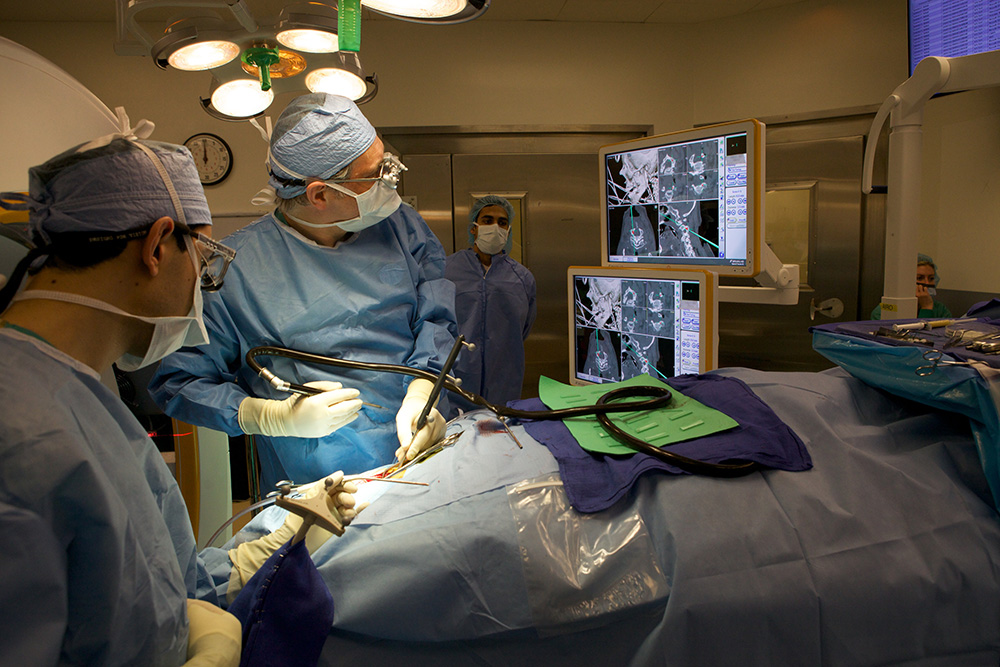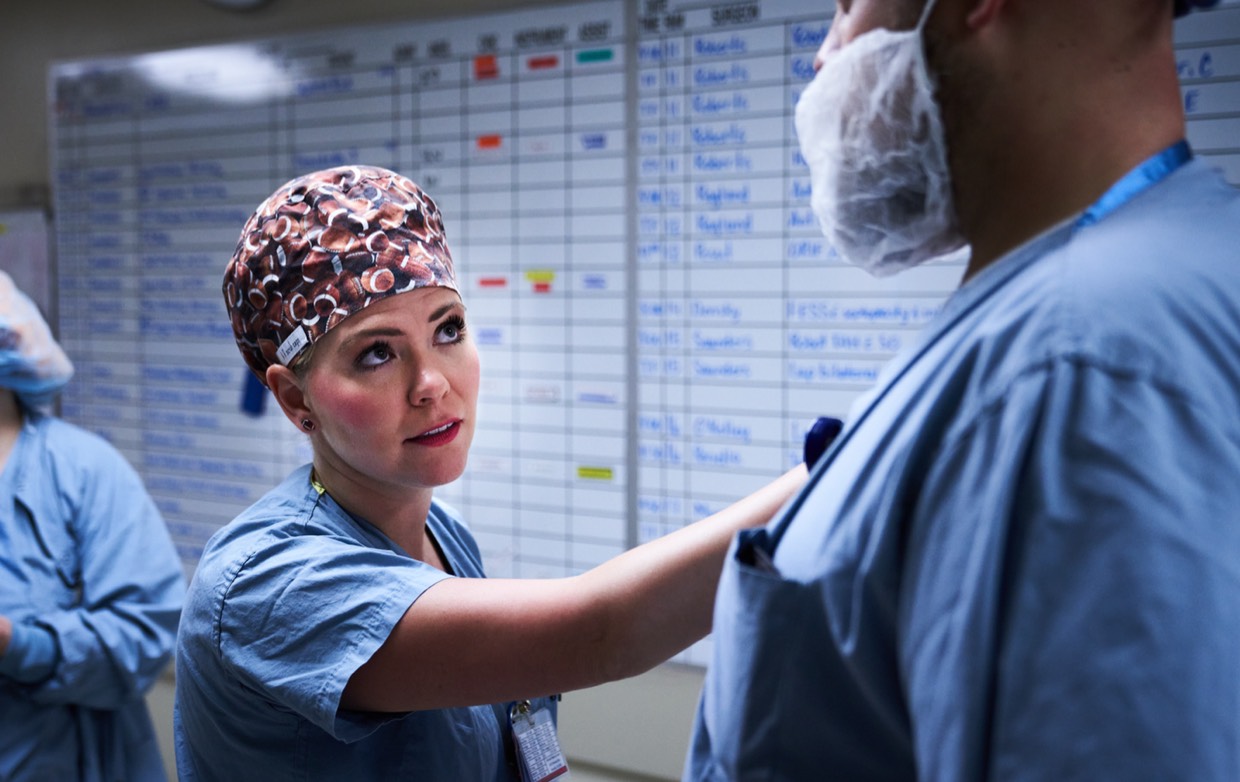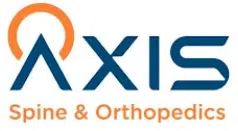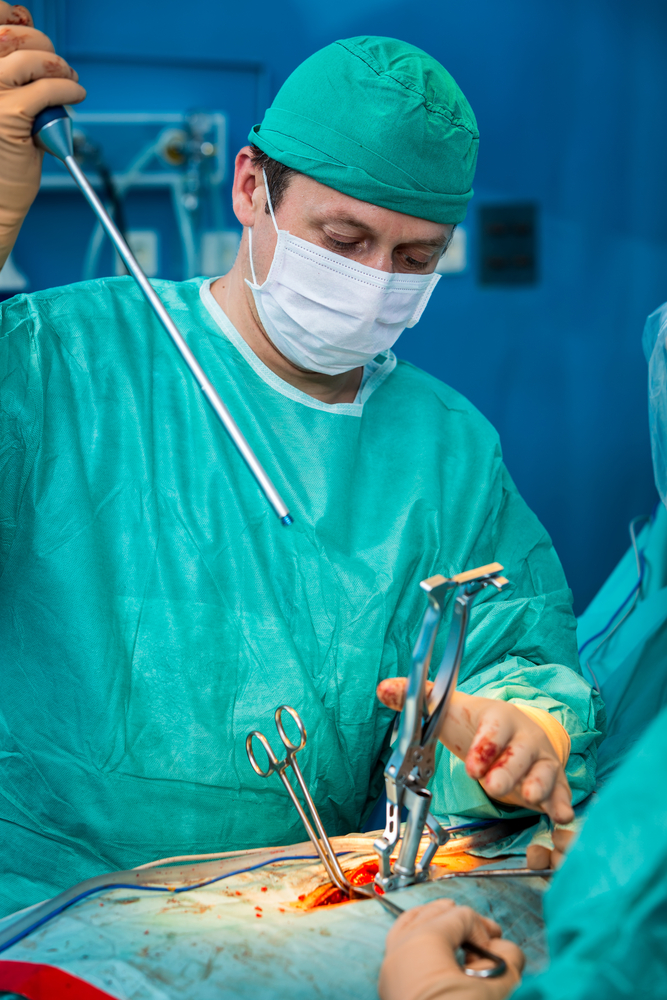An Overview of Spinal Column Conditions That Typically Cause Surgical Therapies
When conservative therapies fail to relieve persistent symptoms,Spine conditions such as herniated discs, back constriction, and degenerative disc disease often demand medical interventions. These conditions not only result in considerable discomfort however can additionally drastically impair everyday performance and overall lifestyle. Recognizing the subtleties of each condition and the equivalent surgical options, such as discectomy or back fusion, is vital for efficient administration. As we explore these problems further, it comes to be obvious that the decision-making process surrounding medical treatment is multifaceted and warrants cautious consideration.
Herniated Discs
Although many people with herniated discs may discover alleviation through conventional therapies, surgical procedure becomes a required consideration when signs and symptoms aggravate or linger - best spine surgeons in st louis mo. A herniated disc happens when the soft internal gel of a spine disc sticks out with its outer layer, potentially compressing close-by nerves and leading to discomfort, feeling numb, or weak point in the extremities
Conventional administration normally consists of physical treatment, discomfort medicines, and corticosteroid shots, which aim to minimize swelling and boost function. However, in cases where these techniques fall short to relieve incapacitating signs and symptoms, surgical alternatives may be checked out.
The most usual medical treatment for herniated discs is a discectomy, which includes the elimination of the herniated portion of the disc to eliminate stress on the impacted nerve origin. In a lot more serious cases, back combination may be necessary to maintain the impacted vertebrae.
Patients are advised to review the possible threats and advantages of surgical procedure with their doctor to make an educated choice. Ultimately, the goal of any kind of surgical treatment is to recover function, ease pain, and enhance overall lifestyle for individuals experiencing herniated discs.
Spine Constriction
Back stenosis happens when the rooms within the spinal column narrow, resulting in raised pressure on the back cord and nerves. This condition can create in different regions of the back, including the lumbar and cervical areas, frequently due to age-related changes, such as degenerative disc condition, joint inflammation, or enlarging of ligaments.
Individuals with back constriction may present with signs that include pain, tingling, prickling, or weak point, primarily in the legs or arms. These symptoms can be worsened by tasks that entail standing or walking, frequently leading people to seek alleviation via conservative therapies like physical therapy, medicines, or epidural steroid shots.
Nonetheless, when these non-surgical treatments fall short to provide appropriate alleviation, medical alternatives may be thought about. Usual surgical treatments for back constriction include laminectomy, which involves the removal of component of the vertebra to alleviate stress, and spinal blend, which stabilizes the afflicted area.
Spondylolisthesis
Spondylolisthesis takes place when one vertebra slides ahead over an additional, resulting in misalignment of the back. This problem can result from numerous factors, including genetic defects, trauma, or degenerative modifications in the back. It is most generally observed in the back area, specifically at the L4-L5 and L5-S1 degrees.

When non-surgical methods fall short to soothe signs or when considerable nerve compression is present, medical treatment may be necessitated. Surgical options can consist of spine combination or decompression treatments, intended at restoring alignment and alleviating neurological symptoms.
Degenerative Disc Condition

The condition can be identified through a mix of scientific examination, imaging studies, and individual background. When these approaches stop working to supply ample alleviation, surgical interventions may be considered.
Surgical choices for DDD might include back combination or man-made disc substitute, targeted at maintaining the influenced section and minimizing pain (best spine surgeons in st louis mo). Inevitably, the option of treatment is embellished, taking into consideration the intensity of the condition, client health, and lifestyle aspects
Back Lumps

Back tumors can occur from various variables, consisting of genetic predisposition, ecological impacts, and pre-existing clinical problems. Clients might offer with a range of symptoms, including localized discomfort, neurological deficiencies, weakness, or modifications in digestive tract and bladder function, depending on the tumor's dimension and area.
Surgical treatment might be required to minimize signs and symptoms, acquire a biopsy, or remove the tumor totally. The objective of surgical procedure is typically to decompress neural aspects and support the spinal column. Early detection and intervention are critical for maximizing results in clients with spine tumors.
Final Thought
In recap, back problems such as herniated discs, spinal constriction, spondylolisthesis, degenerative disc illness, and spinal growths regularly demand medical intervention due to their possible to create substantial pain and functional problems. While conservative treatments redirected here may provide short-lived relief, medical options become crucial when signs and symptoms aggravate or linger. Timely diagnosis and treatment play a crucial role in restoring function and improving the lifestyle for afflicted individuals, highlighting the importance of comprehensive spine treatment.

Comments on “The Latest Advancements by the Best Spine Surgeons in St Louis MO”